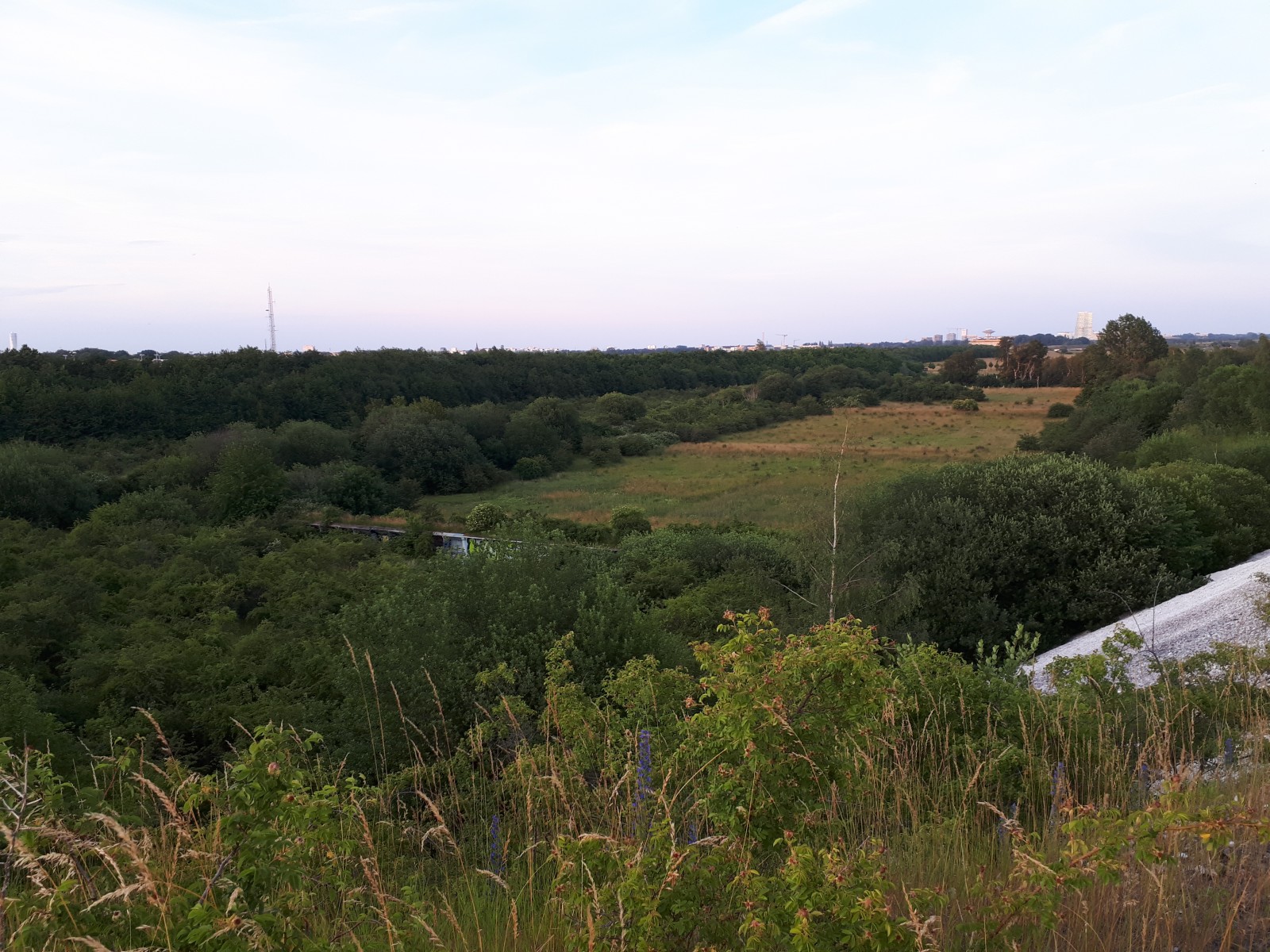Opis
The area is rectangular, 500x700 meters and surrounded by protection walls. The southern part is grassland and the northern shrubland. In the middle from east to west runs a path surrounded by bushes and trees. The most interesting parts for birdwatching is along the path and the northwestern corner where a small pond is located.
East of the shooting ground is a pond, worth passing by for species like rokitniczka.
Breeding species: zaganiacz, łozówka, gajówka, kapturka, pokrzywnica, makolągwa, kukułka, piegża and cierniówka.
Occasional Apr-Jun; sokół wędrowny, kobuz, rybitwa wielkodzioba, błotniak stawowy, wilga (zwyczajna).
Autumn: The area is frequented as a foraging area by quite some migrating birds, especially thrushes. słonka and błotniak zbożowy has been seen in late autumn.
A visit at Limhamns old shooting range could be combined with a walk (WSW) over the ridge down to the lagoon at Terekudden and Stenören.
In spring 2018 the area was investigated in a breeding inventory which showed that 18 different species were holding 59 territories.
Szczegóły
Dostęp
Limhamns old shooting range is easy to reach by local bus (number 4, stop Betalstationen) and is located adjecent to the nature reserve Bunkeflo strändängar and Lernacken.
By car, drive Kalkbrottsvägen S from Limhamn N from Bunkeflo. park at the gas station 100 m S.
The area is reached from W and should be explored by foot. There are two alternative entrances / exits, in SE corner there is a path leading to the main track up on Lernacken. In SW corner there is a sloap which with some effort is possible to climb, reaching Lernacken.


